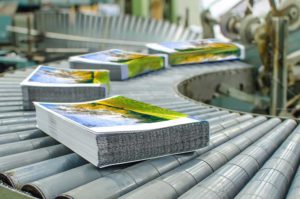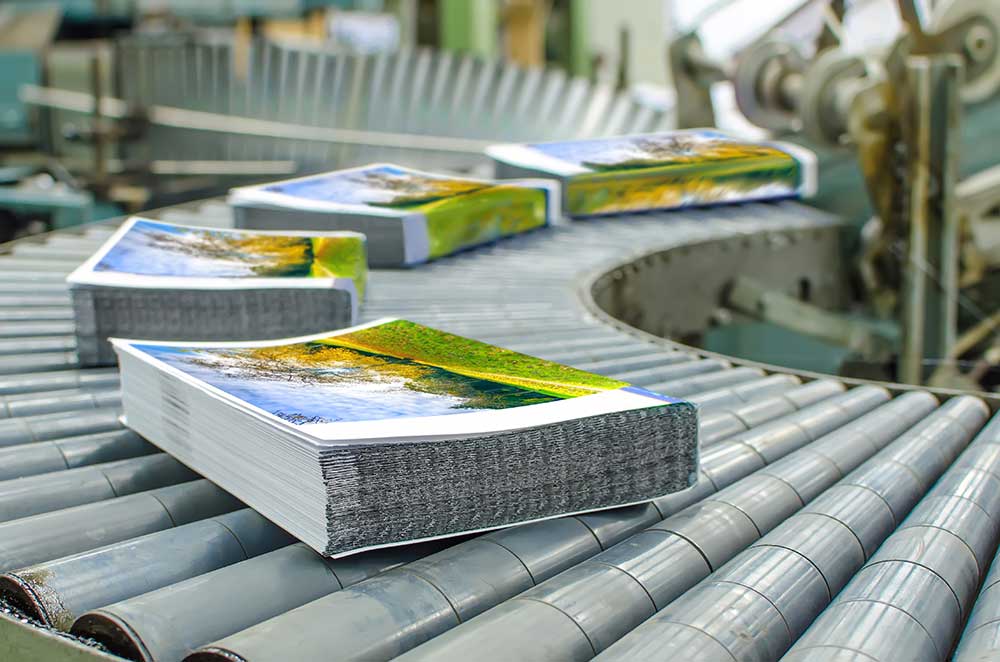Disclaimer: The information on our website is provided for general information purposes only. We make no representations or warranties of any kind, express or implied, about the completeness, accuracy, reliability, suitability or availability with respect to the website or the information contained on our website for any purpose. Any reliance on such information is therefore strictly at your own risk and we are not liable for any damages or losses arising out of or resulting from your reliance on any information contained on our website.
A print binding and finishing worker binds books by hand or machine. If working with machinery, they may set up and monitor the machines. Those working with machinery that binds books also check the books to ensure quality standards are maintained.
Watch a video to learn what a print binding and finishing worker does.
How to Become a Print Binder

Print binders can be trained on-the-job. According to O*Net Online, over 85% of print binders and finishers have at least a high school diploma. Those surveyed, say they spend most of their time standing and that being able to work as a team is extremely important.
Some places of employment include newspaper, periodical, book, and directory publishers. However, according to the Bureau of Labor Statistics, the Federal government and state governments have positions and pay more.
Job Description of a Print Binder
Print binding and finishing workers set-up machines that bind books. They also examine the quality of the book to ensure the stitching is good and that the paper does not have tears or ink spots. They would also inspect that the text was horizontally aligned with the paper as expected. These individuals may also replace parts or supplies the machines use, such as ink, paper, or rollers.
Print Binding Career Video Transcript
Try to picture a stack of all the books you’ve handled throughout your life, and you will begin to appreciate the value of print binding and finishing workers, who have assembled each of those books. Publications such as newspapers, magazines, and books are produced in volume by printing presses, these binding and finishing workers ensure effective machine operation and quality control.
Print binding and finishing workers use various machines and hand tools to bind the pages together with stitching and gluing, then trim and cover, conducting visual inspections to ensure accuracy. These workers pay close attention to the work orders listing the specific requirements for a given product so the equipment will be set up correctly. This work also requires manual dexterity, and the ability to diagnose and resolve problems, such as print blemishes or binding errors.
Work in pressroom environments can be noisy, but it’s necessary to oversee and conduct the ground-level aspects of book manufacturing. Most jobs require a high school diploma; training is on-the-job. While the job market has narrowed in the field because of the increased use of digital material, the public’s demand for the printed word continues.
Article Citations
National Center for O*NET Development. 51-5113.00. O*NET OnLine.
The career video is in the public domain from the U. S. Department of Labor, Employment and Training Administration.

